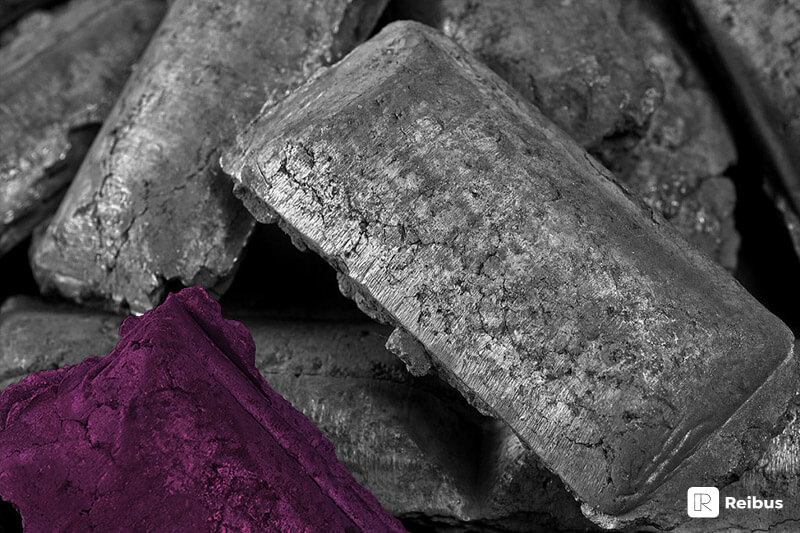
What is Direct Reduced Iron? Steel Foundations
Direct reduced iron (DRI), also called sponge iron due to its porous nature, is produced in reactors that directly reduce (remove) the oxygen from the iron oxides in iron ore. Unlike the chemical reactions that happen in the blast furnace, the DRI process is done without having to melt the iron ore. This direct reduction process is how the material got its name.
Utilizing heat along with natural gas as the reducing agent, direct reduced iron pellets or briquettes known as hot briquetted iron (HBI) are refined to 90% to 97% pure iron, with the balance being mainly carbon and trace amounts of other impurities. DRI and HBI are consumed primarily by electric arc furnaces (EAF), which can melt only rich sources of iron, such as steel scrap and DRI, but cannot refine iron ore.
To save energy, the DRI or HBI facility can be built right next to the EAF, so the pellets or briquettes can be used while they are still hot. However, the size and shape of this material allows it to be easily transported all over the world.
There are several types of DRI and HBI production processes in the industry, and each process is proprietary to the manufacturing company.